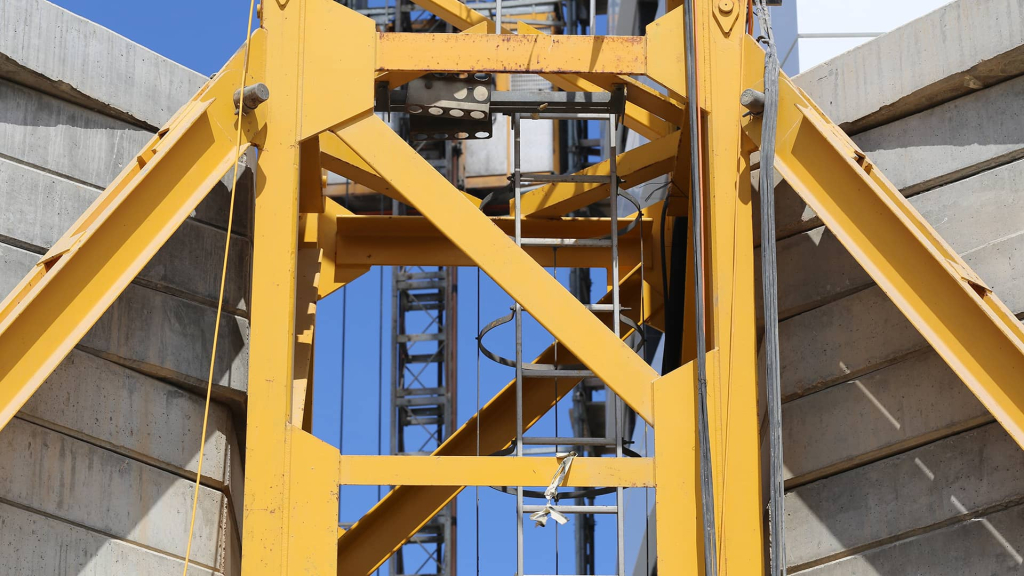Payer can adjudicate true value in response to a smash and grab adjudication
The Court of Appeal’s highly anticipated decision in the case of S&T (UK) Ltd v Grove Developments Ltd1 was handed down by Sir Rupert Jackson today.
This is the latest case concerning the mechanics of payment under the Construction Act in circumstances where a payer has failed to issue a valid payment notice or pay less notice.
The Court of Appeal unanimously upheld the earlier Technology and Construction Court judgment.
Accordingly, a payer losing a ‘smash and grab’ adjudication because it failed to issue a valid payment notice or pay less notice, must:
- pay the ‘smash and grab’ adjudication decision to the payee; and
- thereafter commence a separate ‘true value’ adjudication to determine the true value of the interim valuation and use this decision to correct an overpayment resulting from the payee’s ‘smash and grab’ adjudication.
Overview of Court of Appeal Judgment
The Court of Appeal has followed the decision of Coulson J (as he then was) in Grove Developments Ltd v S&T (UK) Ltd2 and affirmed that a payer can refer the ‘true’ value of an interim payment to adjudication in circumstances where it had failed to serve the correct payment notice or pay less notice.
As elaborated on below, we expect that the decision will circumvent the strategic/commercial benefit payees have obtained from bringing a “smash and grab” adjudication for the notified sum in the absence of a valid payment or pay less notice. Conversely for payers, the decision should alleviate (to some extent) the draconian impact of failing to correctly issue a payment notice or pay less notice in response to a payee’s interim payment application.
The table below sets out in simple terms the current position as to the amount that is due against an interim or final valuation in circumstances where the required payment or pay less notices have or have not been given. The table assumes a valid underlying payment application.
| Valid Payment Notice (“PN”)? | Valid Pay Less Notice (“PLN”)? | Amount due for Interim Valuation | Amount due for Final Valuation |
|---|---|---|---|
| Yes | No | Amount notified in PN | Amount notified in PN |
| Yes | Yes | Amount stated in the PN, as adjusted by the PLN | Amount stated in the PN, as adjusted by the PLN |
| No | No |
Amount claimed in interim valuation application
If no Interim Valuation, payee may issue a default PN stating the amount the payee considers due Any overpayment may be corrected by the payer commencing a ‘true value’ adjudication, but such a second ‘true value’ adjudication may only be commenced following payment of the notified sum |
Amount claimed in final valuation application
If no Final Valuation, payee may issue a default PN stating the amount the payee considers due Any overpayment may be corrected by the payer commencing an adjudication on true value |
The Legal Position before Grove v S&T (TCC, February 2018)
The position prior to Grove was that if a payer failed to serve a valid payment notice or pay less notice, the payer had to pay the sum claimed in the payee’s payment valuation/ application regardless of whether it reflected the proper or true value of the works.
The key authorities establishing this position included ISG Construction Ltd v Seevic College3 where Mr Justice Edwards-Stuart took the view that “if the employer fails to serve any notices in time it must be taken to be agreeing the value stated in the [interim] application, right or wrong”
ISG v Seevic was closely followed by Galliford Try Building Ltd v Estura Ltd4 where again Mr Justice Edwards-Stuart decided that, with regard to interim applications, the payer had to pay the sum stated in the payee’s payment notice regardless of whether it reflected the true value of the works.
Edwards-Stuart J clarified his own decision in ISG (when giving Judgment in Galliford Try), stating that he had “held that if an employer [the payer] fails to serve the relevant notices…it must be deemed to have agreed the valuation stated in the relevant interim application, right or wrong. Accordingly, the adjudicator must be taken to have decided the question of the value of the work carried out by the contractor for the purposes of the interim application in question”
The Courts therefore held that a payer could not bring a second adjudication to determine the proper value of the work as at the valuation date of the interim application in question. The Courts considered this would save costs because the payer could correct any overpayment in the next interim payment cycle. This is problematic if this arose at the end of the project when little value remains to correct an earlier overpayment, often compounded by the fact the contractor’s payment application may include at that stage significant disputed variations, delay and/ or disruption claims.
A distinction was made between interim payments and final payments, when this issue was again considered by Edwards Stuart J in the matter of Harding v Paice5. In this case Edwards Stuart J decided that the payer was able to start a second adjudication as to the ‘true’ value of the payee’s payment application as this related to a final payment (because the contract had been terminated) rather than an interim payment. This decision was subsequently affirmed by the Court of Appeal in Harding v Paice6which decided that the first adjudicator had only decided the question of the validity of the pay less notice, and that therefore the payer was entitled to refer the dispute as to true valuation to a second adjudicator.
There was therefore a different approach to interim applications as compared to final applications. This different approach has been used tactically by contractors/ sub-contractors towards the end of the interim payment cycles to improve their final account negotiating position. This has been further abused by contractors under contracts where the employer has no contractual power to issue negative payment certificates or to force the contractor to start the final account process.
Indeed, it has led to what the industry has commonly termed ‘smash and grab’ adjudications whereby payees could become entitled to payment of over-valued interim payments as a result of a technicality as the payer had failed to issue a valid payment or payless notice. The payee was able to hold on to the overpayment until the payment position was rectified by the payer at the following interim payment stage, or at the final account stage (depending on the timing of the smash and grab).
The Legal Position after Grove v S&T (TCC, February 2018)
In what was his last significant judgment in the TCC before his elevation to the Court of Appeal, Mr Justice Coulson (as he then was) sought to address the question of whether a payer was entitled to commence a second adjudication for the true value of an interim application where it had failed to serve a valid payment or pay less notice.
In doing Coulson J radically departed from the decisions of ISG Construction and Galliford Try and decided that a payer was entitled to refer the true value of an interim payment to a second adjudication, even if it had failed to serve the correct contractual notices.
In reaching this decision Coulson J appeared to make clear that a payer could not seek to circumvent either (a) their own failure to issue a payment or pay less notice; or (b) the outcome of a smash and grab adjudication, by immediately issuing a second adjudication on true value. The payer first had to make payment of the notified sum before it could start an adjudication as to the true value of the works.
Whilst the Grove decision might be said to have relieved payers of some of the potentially significant financial effects of failing to issue a payment or pay less notice, the decision still left open a number of unanswered questions. For example, what was the rationale behind prohibiting a payer from raising the true value of an interim payment as part of a ‘smash and grab’ adjudication? Could a true value adjudication be run simultaneously with a smash and grab? Would the TCC strictly adhere to the sequential enforcement requirement stipulated by Coulson J and refuse to enforce a valid adjudication decision on true value unless it had enforced an adjudication on the notified sum?
The Position Now (following S&T v Grove, Court of Appeal, November 2018)
The Court of Appeal has today affirmed that Coulson J’s approach in Grove was correct and that a payer can refer the true value of a payee’s interim valuation to adjudication if (a) it lost a ‘smash and grab’ adjudication because it failed to issue a payment notice or payless notice within the time constraints of the contract; and (b) the sum that the payer has been held liable for in a ‘smash and grab’ adjudication has been paid to the payee.
This decision means that traditional ‘smash and grab’ adjudications on interim payments may well be less worthwhile given that following payment the payer can commence an adjudication to challenge the true value of the interim payment.
The Court of Appeal has made clear that a payer on the wrong end of a smash and grab adjudication must pay the sum awarded in that adjudication before it can start an adjudication on true value. The rationale is that the statutory obligation at Section 111 of the Act is to pay the notified sum immediately and the adjudication provisions are subordinate to the payment provisions of Section 111. Therefore (as set out at paragraph 107 of the Judgment) “both the Act and the contract must be constructed as prohibiting the employer from embarking upon an adjudication to obtain a re-valuation of the work before he has complied with his immediate payment obligation”.
For more information, contact the authors of this briefing:
Richard Booth
Senior Associate, London
T +44 (0)20 7264 8385
E richard.booth@hfw.com
Chris Philpot
Senior Associate, London
T +44 (0)20 7264 8336
E chris.philpot@hfw.com
Footnotes
- [2018] EWCA Civ 2448
- [2018] EWHC 123 (TCC)
- [2014] EWHC 4007 (TCC)
- [2015] EWHC 412 (TCC)
- [2014] EWHC 3824 (TCC)
- [2015] EWCA Civ 1231











